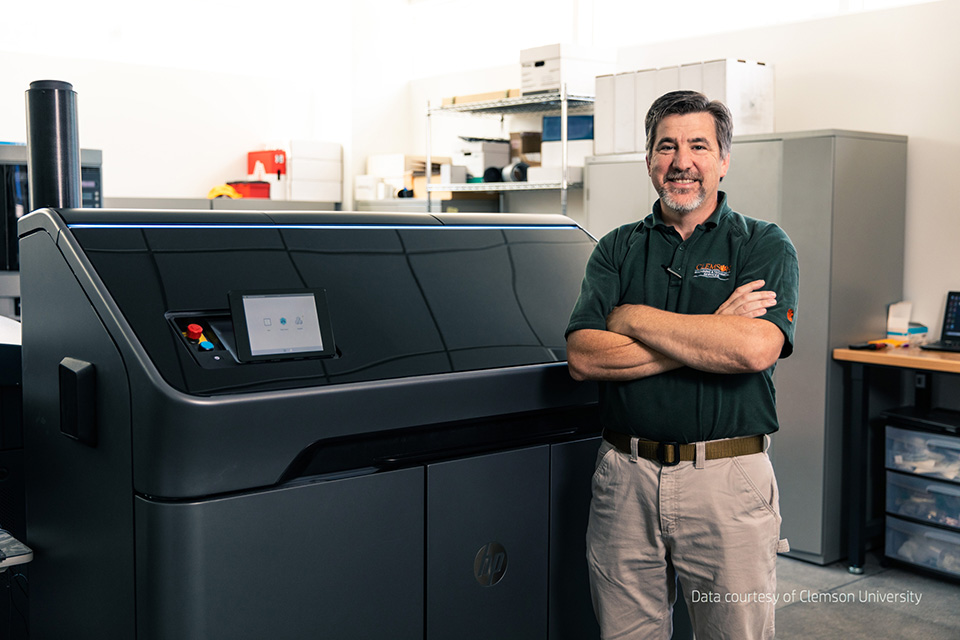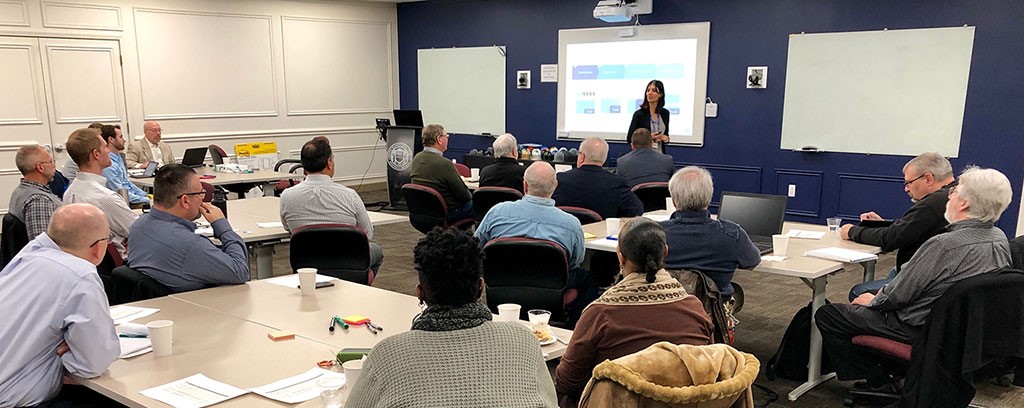HP recently announced the expansion of their Multi Jet Fusion (MJF) printer line up to include the new 5200 series. This has created many questions around the difference between the recently announced 5200 and the existing 4200 since architecturally they look similar. Let me take a quick step back and provide some background on the 4200 before I get into the differences. HP launched their ground breaking 3D print technology (MJF) with the 4200 back in 2017. The 4200 provided revolutionary 3D print technology that moved forward the ability to mass print plastic (PA12 at launch) parts at speeds, cost, and ease of use not seen before in additive manufacturing. I describe MJF as Selective Laser Sintering (SLS) on steroids. HP’s MJF technology truly changed the 3D print market and started a further shift from prototyping to manufacturing. You can see how the 4200 built new service bureaus who grew based on HP’s technologies and how companies now manufacture truly use parts from the 4200 as final parts. Here are some of those service bureaus who have grown substantially due to HP.
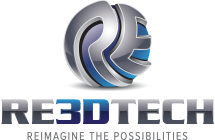


Personally in my 12 years spent within 3D printing, I have not seen any other technology change the 3D print landscape like the 4200. The 4200 met its promise to bring Additive Manufacturing to the masses. Earlier this year, HP started shipping the 500 series that added the ability to print color but lacked the throughput of the 4200. The differentiation between the 500 series and the 4200 was clear.
Now to the introduction of the 5200, how does this fit in the evolution of HP’s technology? The 5200 does not replace the 4200. The 4200 will stay as a production unit and still provides manufacturing capability. The 5200 is the next step forward to increase throughput and most importantly provides tools and processes for manufacturers to replicate the manufacturing standards and processes they currently use in production. It has more advanced software when compared to the 4200 and provides a feedback loop to allow even better control of output quality. The 5200 is sold at a premium price so depending on your needs, the 4200 still may be a fit.
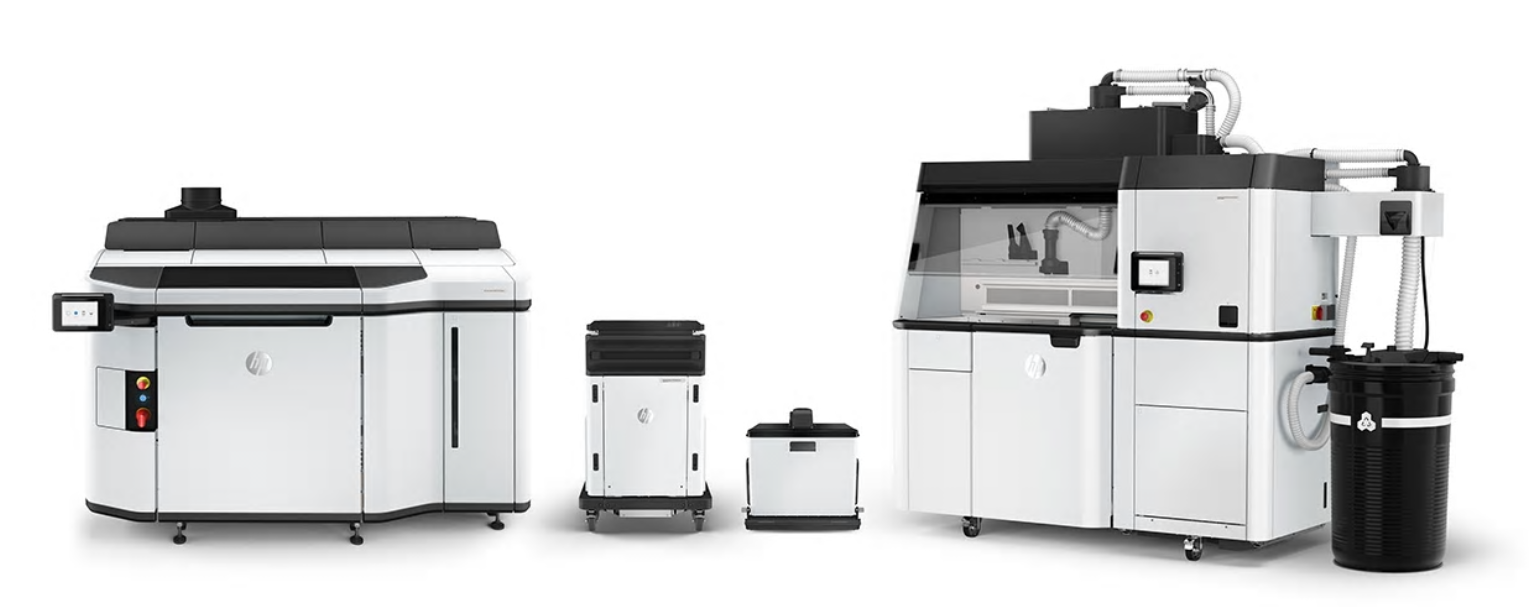
Here is an outline of some of the key advancements now offered with the 5200 versus the 4200. Keep in mind the goal of the 5200 is to bring true manufacturing predictability and standards to Additive Manufacturing and provide even faster throughput.
Breakthrough Economics vs the 4200
Up to a 30% cost per part savings due to multiple machine advancements including:
- One pass printing (versus two on the 4200) resulting in up to 50% less agent consumption
- Shorter routine on print head wipes needed as part of the print process
- 4x longer cleaning roll for better cost efficiency
Improved throughput
Warm up time cut in half versus the 4200
- Faster print times: 5200 in balanced build mode finishes a full build in 11.5 hours compared to 14 hours by the 4200 in balanced mode.
- Enabled via 1 pass printing vs 2 passes- creating the true ability to get two full builds in 24 hours
- Fast build mode reduced to 9 hours from 11.5 hours versus 4200.
Manufacturing standards and controls designed into the printer and software.
- The 5200 has the capability to reach a Cpk of 1.33 on an IT scale of 13. Process capability index (Cpk) is a statistical tool, to measure the ability of a process to produce output within customer’s specification limits. In simple words, it measures producer’s capability to produce a product within customer’s tolerance range. Cpk of 1.33 equals a process yield of 99.99%
- The new Process Control Center software focuses on calibrating Z dimensional accuracy for improved accuracy and repeatability to achieve more accurate output.
- Production software is enabled on the 5200, it uses data feedback from the printer to adjust settings and learn as it prints to improve accuracy and reliability based on the advanced sensor built into the 5200.
- Improved Heating control: the 5200 now has 22 lamps with 14 zones of control (compared to 20 lamps with 12 zones of control on the 4200) – 5X better thermal camera and improved data feedback to measure more minute heating variations, and therefore provide more precise heating adjustments.
Screenshot of the Process Control Center
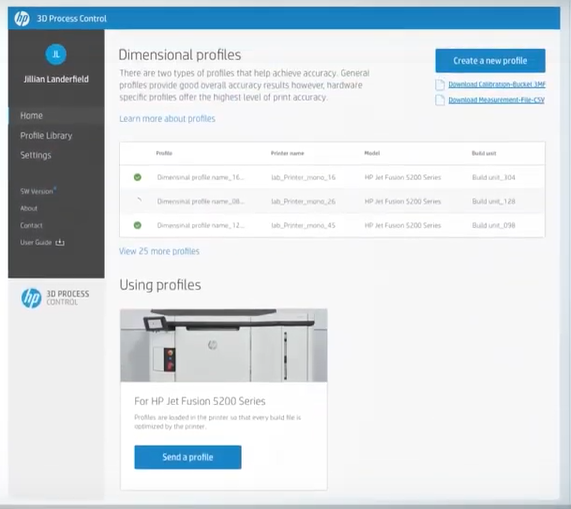
There are some significant hardware differences to improve manufacturability:
- Better cooling of the print heads to eliminate print failures
- Improved Lamp control: The lamps are now engineered to only use about 50% of their capability which allows improved reliability and the printer can now more easily “throttle up” or “throttle down” the lamp control (in smaller increments) to more precisely control the heat to specific areas of the print bed based on the improved thermal readings from the thermal camera.
- Lamps will now always stay “on” thus allowing for longer lamp life eliminating the cycling of on/off that would reduce lamp life
- Smaller micron layers than the 4200 – now 110 micron layers
- Semi-Automated Printhead alignment: This new process assures X&Y dimensional accuracy
- There have also been improvements in airflow via better seals, fans, and flow-through (via a 2nd “Lung” on top left of machine)
- Machine now has fans & sensors to mitigate against suction/pressure variations created at customer site
New materials support
- Machine designed to support materials up to 225C which enables a larger breadth of material possibilities
- Build unit designed to work with lower flow type materials
- There are redesigned ramps for the material to better flow inside the build unit
- Processing station redesigned to be able to unpack materials at higher temperatures
- Ultrasonic sieve (in processing station) with a wider mesh thus enabling more versatility to supporting new materials
- TPU Material available from BASF: BASF TPU01
- HP has developed specific natural cooling units to allow the cooling of builds without leaving them in the build carts.
- As special Hovmand Forklift allows the moving of the cooling units from the build cart for improved productivity.
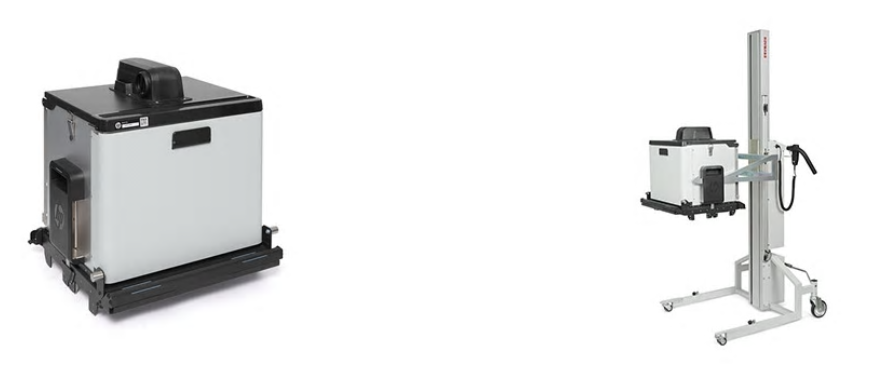
These are just some of the highlights. I encourage you to look closer at the 5200 if you are looking to implement true additive manufacturing. The 4200 still has a place in the prototype and production space but if you want to have a system designed for manufacturing with specific measurable standards in place, the 5200 is worth investigating.
Feel free to contact me at Jim.Hill@mastergraphics.com or 847-704-4029





